May 21, 2025 | 16:11 GMT +7
May 21, 2025 | 16:11 GMT +7
Hotline: 0913.378.918
May 21, 2025 | 16:11 GMT +7
Hotline: 0913.378.918
On May 17, the Department of Fisheries and Fisheries Surveillance (under the Ministry of Agriculture and Environment) collaborated with the Hai Phong Department of Agriculture and Environment, the Cat Hai District People's Committee, and the International Collaborating Center for Aquaculture and Fisheries Sustainability (ICAFIS) — a member of the Vietnam Fisheries Society — to conduct a cottonii seaweed planting ceremony at Ben Beo Bay in Cat Ba Town (Cat Hai District, Hai Phong City).
Thirty local households enrolled to participate in the cottonii seaweed cultivation pilot program in Cat Ba during the event. The participants were provided with starter seedlings and were instructed on the proper methods for planting and caring for them.
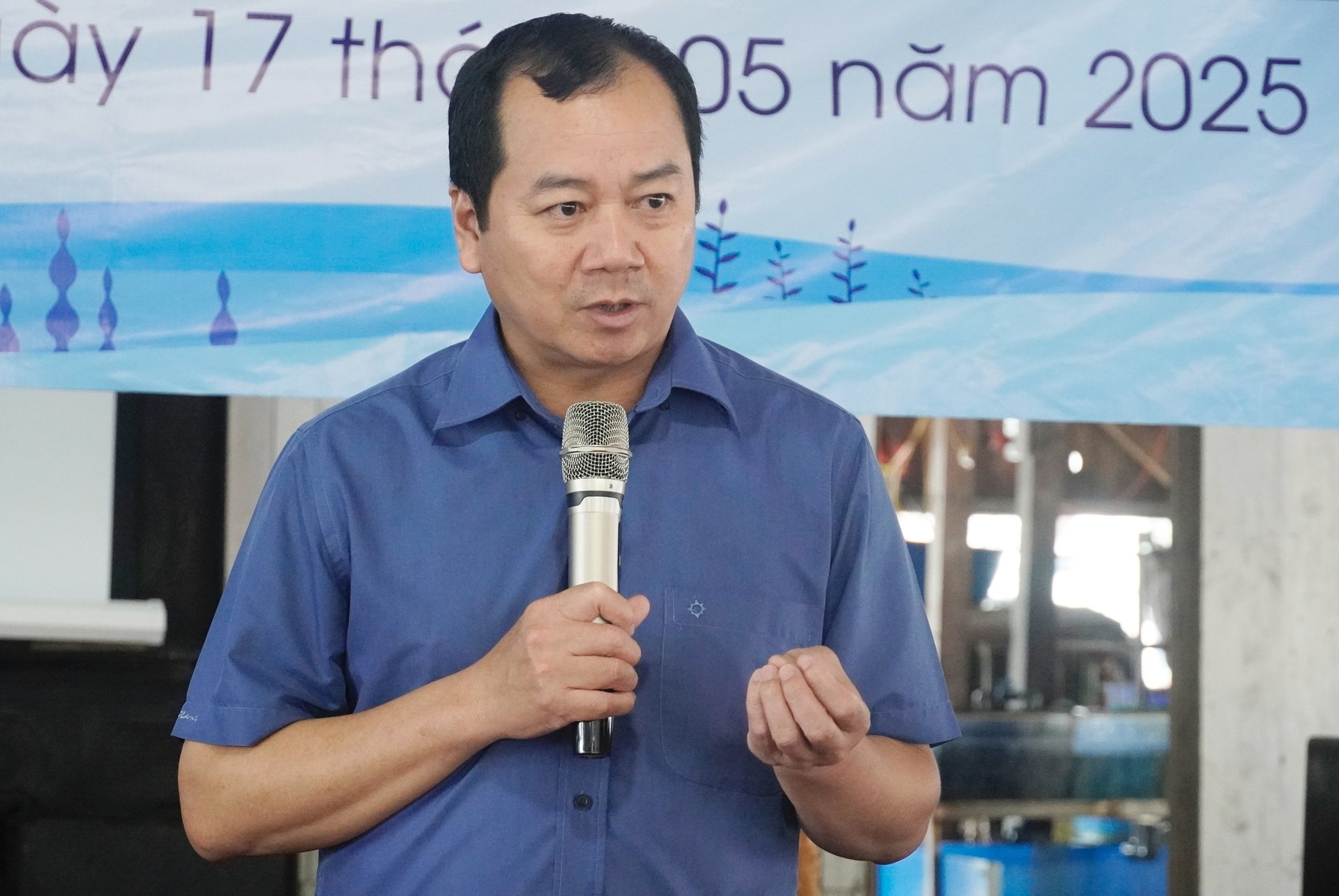
Director of the Department of Fisheries and Fisheries Control Tran Dinh Luan hopes that growing seaweed combined with raising some molluscs and raising fish will help diversify products and contribute to environmental protection. Photo: Hong Tham.
In 2024, the Department of Fisheries and ICAFIS initiated the "Blue Ocean - Blue Foods: Building a Carbon Sink in the Fisheries Sector" initiative, which includes the pilot model.
Dinh Xuan Lap, the Deputy Director of ICAFIS, has stated that the program's objective is to cultivate a minimum of 1,000 hectares of cottonii seaweed within the first three years. It is anticipated that the initiative will not only promote green growth in the fisheries sector and decrease greenhouse gas emissions, but also contribute to the restoration of marine ecosystems and the promotion of sustainable livelihoods for the coastal communities of Vietnam.
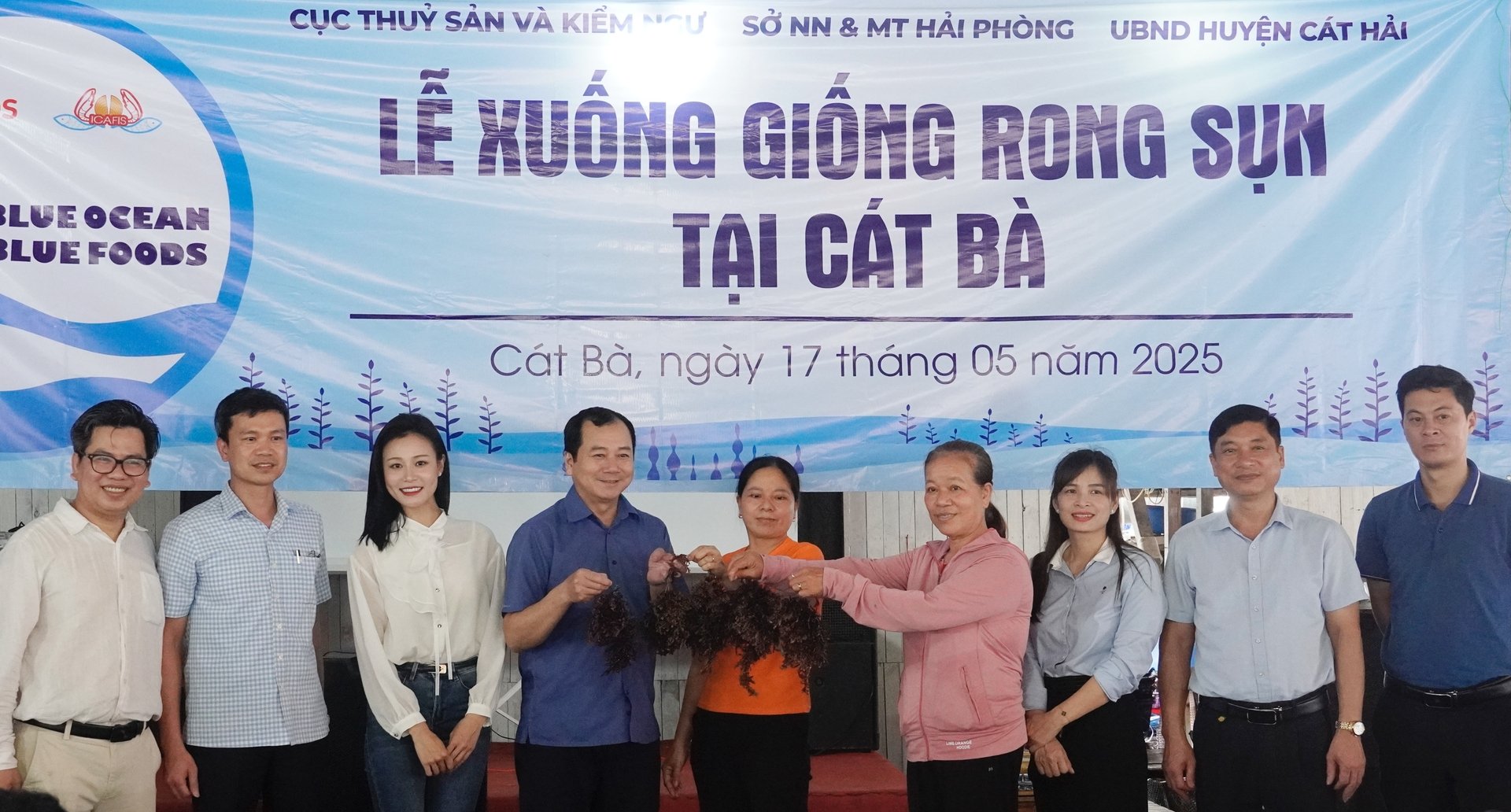
Director of the Department of Fisheries and Fisheries Surveillance Tran Dinh Luan presents seaweed seeds to households. Photo: Hong Tham.
Tran Dinh Luan, the Director General of the Department of Fisheries and Fisheries Surveillance, underscored the accelerated depletion of marine fishery resources. The industry is transitioning from natural capture to aquaculture. The integration of Cottonii cultivation with mollusk and fish husbandry will contribute to the diversification of products and the preservation of the environment. "We also intend to provide rabbitfish angling services to tourists in regions where Cottonii is in cultivation," he stated.
Hanoi implemented the 'Blue Ocean - Blue Foods' initiative in 2024. I place a high value on the objectives of this initiative. I hope that together we can develop clean, green products so that when tourists visit Cat Ba, they’ll see vibrant, thriving marine areas — clear evidence that Cat Ba is becoming greener and more beautiful,” Luan added. “This will help draw visitors, support local livelihoods, and especially keep the Cat Ba Biosphere Reserve cleaner, greener, and more recognized globally.”
Nguyen Thi Sam, Director of Japi Foods Co., Ltd., pledged to acquire the Cottonii harvest from households that participated. “People can feel confident about planting cottonii, as Japi Foods will buy the crop. She shared, "We anticipate that the seaweed will thrive and contribute to the establishment of a consistent income source for the local population, all the while creating a value chain for Vietnam's seaweed industry."
Director Tran Dinh Luan personally visited numerous households to demonstrate the process of planting the seaweed and provide technical advice to guarantee the pilot model's success immediately after distributing the Cottonii seedlings.
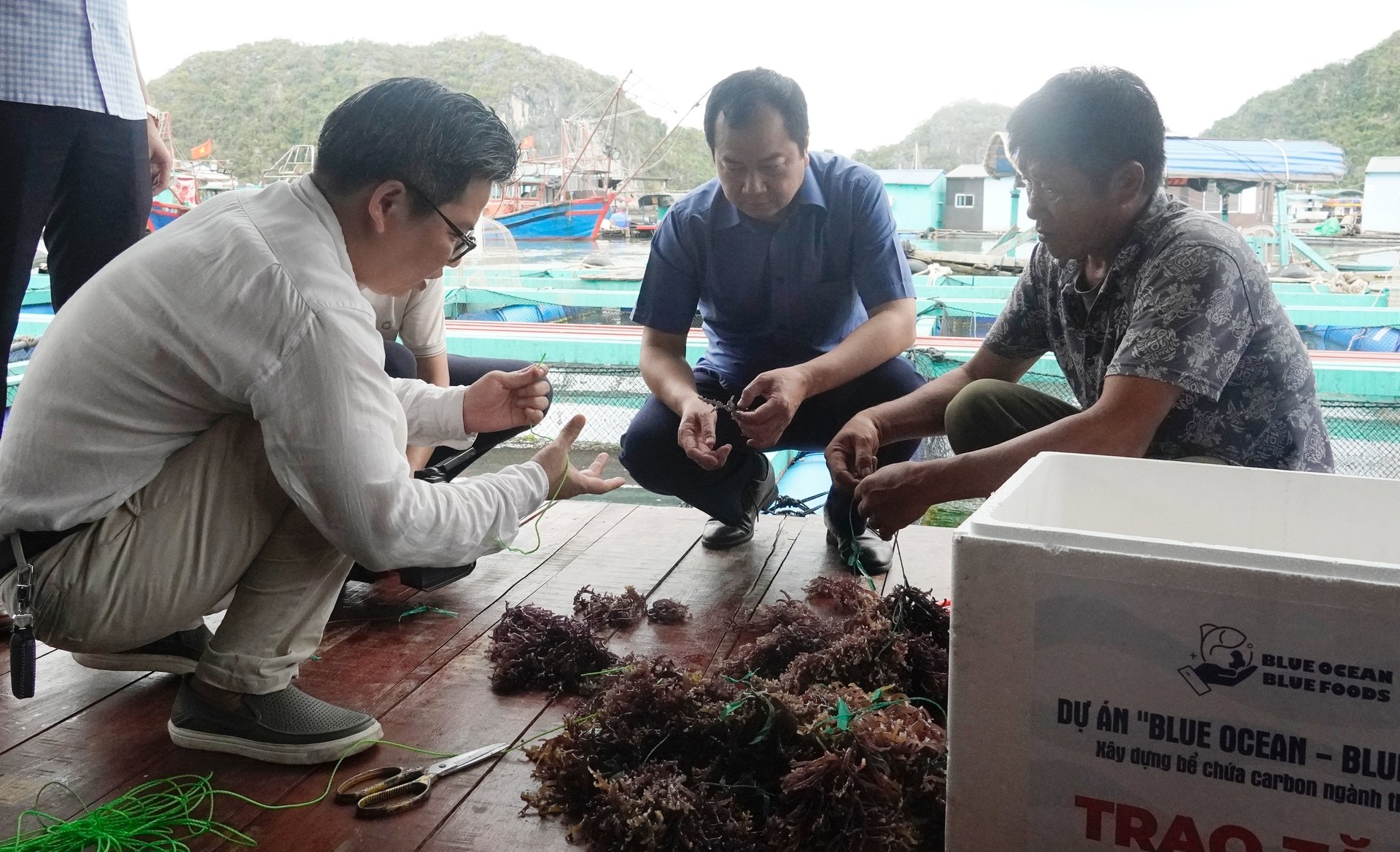
Director of the Department of Fisheries and Fisheries Control Tran Dinh Luan (middle) directly guides people on how to release carrageenan seeds. Photo: Hong Tham.
Pham Van Day, a resident of Cat Ba Town and a representative of the 30 participating households, stated that his family and numerous other aquaculture and fishery households experienced significant losses following Typhoon Yagi (locally known as Typhoon No. 3). He expressed optimism that this Cottonii cultivation pilot would produce promising results, enhance household incomes, ensure long-term livelihoods, and make a significant contribution to the preservation of the marine environment.
Translated by Linh Linh
/2025/05/21/4642-3-112707_603.jpg)
(VAN) The V-SCOPE project has made direct contributions to three out of six pillars of the Comprehensive Strategic Partnership between Vietnam and Australia.
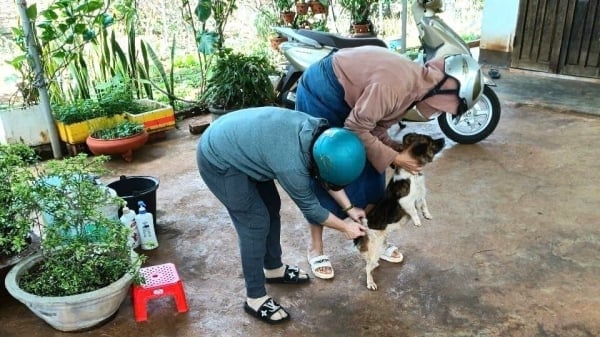
(VAN) Facing the threat of rabies spreading to the community, Gia Lai province urgently carries out measures to vaccinate dogs and cats on a large scale.
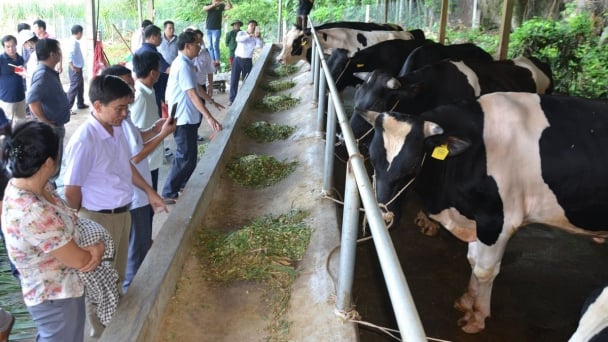
(VAN) Disease-free livestock farming not only protects livestock herds but also stabilizes production and livelihoods for many farmers in Tuyen Quang.
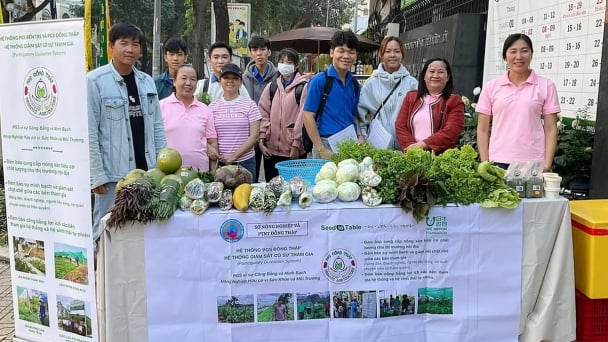
(VAN) Japan's grant aid project contributes to capacity building, promoting organic agricultural production, and fostering sustainable community development in Dong Thap province.
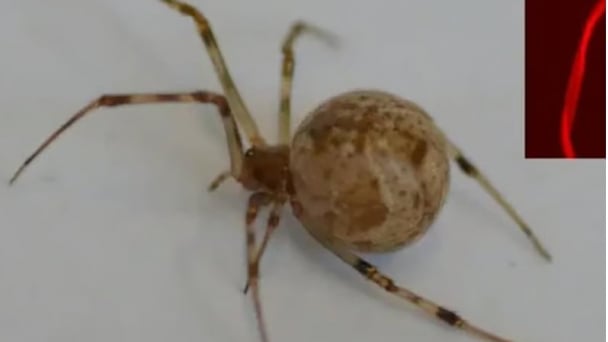
(VAN) For years, the CRISPR-Cas9 genome technology has been reshaping genetic engineering, a precision tool to transform everything from agriculture to medicine.
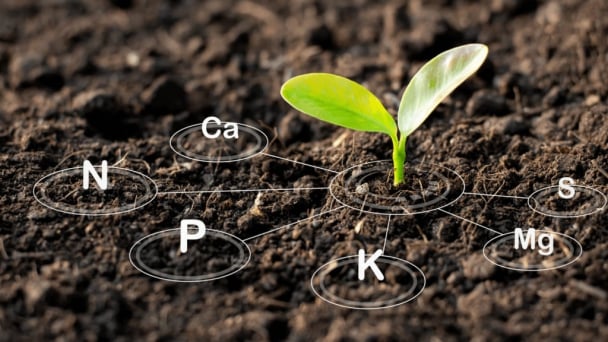
(VAN) Vietnam aims to become a 'leader' in the region in the capacity and managing effectively soil health and crop nutrition.